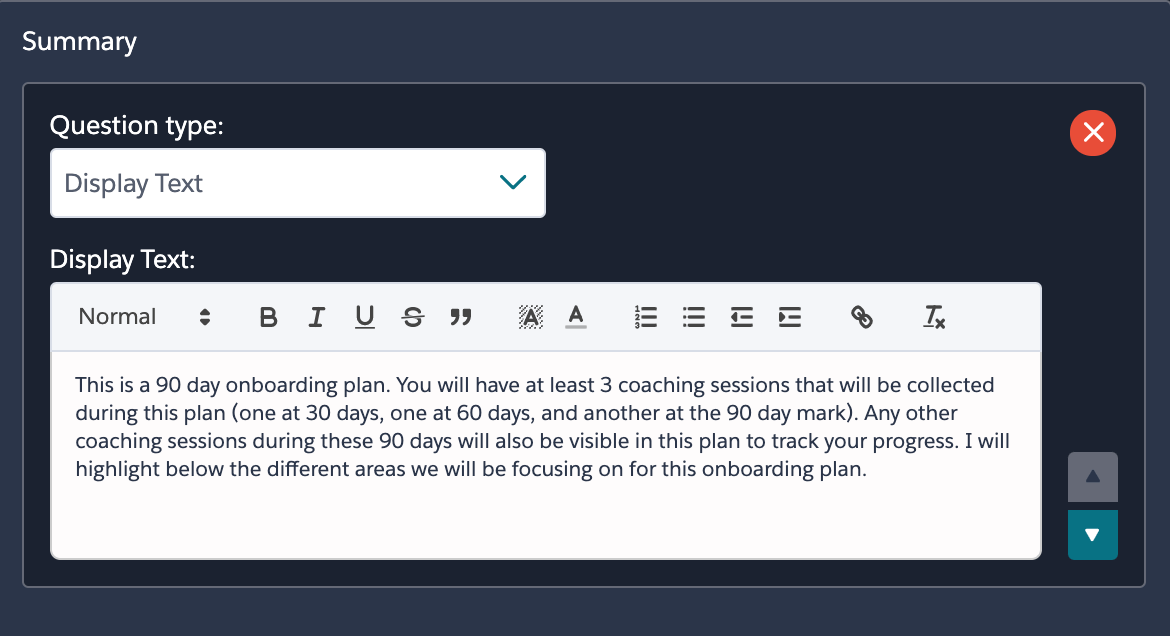Onboarding New Employees Post-2020
As we head into the end of 2020, many businesses are starting to pick back up and projects that were put on hold at the beginning of the pandemic are moving forward. Companies are getting their priorities in order and looking to hire more talent to increase their bandwidth or fill holes in essential skill sets.
While the idea of new talent is exciting, some may be worried about how to onboard these new employees when many organizations are working remotely for the foreseeable future. We’re here to tell you that onboarding new employees remotely can be done – and done well.
Since our company moved to remote-only work back in March, we’ve been lucky to continue to grow as a company, and have hired 14 new employees in that time. Of course there have been challenges, but we’ve all done our best to adapt to this new environment without sacrificing the most valuable aspects of the onboarding process.
We surveyed our newest team members to learn more about their experience onboarding with the company 100% remotely, and thought we’d share some of these insights. For all those organizations that are actively hiring and onboarding new employees, we’ve put together some best practices for remote onboarding – from both the manager and new employee perspective.
The Employee Experience: Onboarding Remotely
We’re happy to say the feedback from our internal survey was overwhelmingly positive. Our survey asked respondents to rank the quality of the onboarding experience overall, their experience working with specific departments like HR and IT, and their individual team’s onboarding experience.
We then asked some open-ended questions related to areas that needed improvement, aspects that stood out as exceptional, and any advice they would give to someone onboarding remotely in the future. These are their responses.
Don’t be afraid to ask questions or ask for help
By and large, our remote onboarders mentioned the availability of help and communication as one of the most important aspects of their onboarding experience. Multiple respondents pointed out that they especially appreciated how “no matter the level of the team member, everyone [was] available to help in any way that they [could].” The consensus was that a welcoming and open environment was critical to a positive onboarding experience.
Schedule 1-on-1s with people around the company
A few of our respondents pointed to scheduled “introduction” calls with people outside their department as being extremely valuable. Some of their managers suggested putting time on the calendars of several key people to say hello and learn a bit more about what their role at the company is. These meetings were incredibly valuable for getting to know teammates without the face-to-face interaction and making new people feel like part of the team.
Readily available resources are crucial
This subject received both suggestions for improvement and praise for a job well done. Some employees reported their manager had a list of resources available for them in their first days, so that they knew where to find things and had everything they needed to be successful in their first weeks. For those who did not, it was suggested that managers prepare for an incoming hire by packaging up critical information: policies, documents, handbooks, insurance information, etc. should be compiled in one easy-to-find place.

Tips From Managers Who Onboarded New Hires Remotely
On the employer/manager’s side, it’s essential that you foster a welcoming, collaborative environment that is open to other ideas and opinions. It truly does come from the top: leadership can make or break a company’s culture and that directly impacts the quality of work and loyalty you’ll get from your new employees.
As a follow-up to the feedback from newly hired employees, we interviewed some of the managers who had successfully completed onboarding 100% remotely. This is the advice they gave.
Establish a 30-60-90 day plan
All the managers we interviewed prepared some sort of outline for their incoming employees to help them know what to expect and what was expected of them. The more specific, the better. Walk through the plan and expectations with them so they can ask questions or voice any concerns – ask them if there is anything not on the list that they want to work on. You may find other projects or skill sets that they are interested in working on.
Schedule frequent 1-on-1 calls in the first weeks after hire
Because you aren’t with the new employees in person, you have to supplement your interactions with more scheduled meetings to make up for the missed “drive bys” you’d have in-office. It’s better to over-schedule calls with your new hire and then drop some off the calendar as you both progress and begin to feel more comfortable. In general, most managers agreed that after about 2-weeks they were able to reduce the frequency of one-on-one meetings.
Don’t keep it strictly professional
If there is anything that 2020 has taught us, it’s the importance of connecting to others as fellow human beings. It’s important to see your employees as human beings, and forge connections with them. This could mean having non-work-related conversations sometimes during a meeting, or holding a small team happy hour early on to help the newcomers feel welcome. Encourage your new hires to engage with the team on company Slack channels and have more casual conversations.
Adapt the onboarding process as needed
Many of the managers we interviewed mentioned that they tailored their onboarding plans to accommodate the person they were hiring. For some employees, they come in with lots of experience in your industry and need less hand holding, while others may be new to not just the company, but the job function itself.
Solutions for Improving the Remote Onboarding Process
All that said, there are solutions out there that help make the onboarding process even smoother. Often, primary areas that need improvement are:
- Consistency in the process
- Organization of relevant information
- Lack of visibility and communication between managers and new hires
These pain points are exactly why LevelEleven came up with Success Plans for time-based initiatives (like onboarding a new employee) that use repetitive, template-based coaching notes, action items, and performance metrics.
Success Plans make onboarding easier. They’re designed to help managers build plans around specific periods of time, perfect for ramping up a new hire with a 30-60-90 day plan. With LevelEleven’s Success Plans, you can create a template for frequent use that standardizes the onboarding process, eliminating inefficiencies and ensuring a consistent onboarding process every time.

The Success Plan template is made up of predetermined questions that help guide the direction of the success plan, explaining to the employee what to expect during the timeframe of the Success Plan. We’ve found that these plans help a new employee focus on the most important tasks without getting overwhelmed.
During the time period designated in your Success Plan, any new coaching notes that you create for that employee will be organized within the Success Plan. This allows for easy access and avoids misplacing notes or records made during a session with the new employee.
The benefits of using LevelEleven’s Success Plans include:
- Clear understanding of what is expected of you and what you can expect from your new role
- Lays out a specific time frame with actionable tasks to complete within that time frame
- Tracks progress of your employees all in one place with other Coaching notes
Lessons Learned for 2021
Since the day of the first shutdown, we’ve all been working remotely here at Ascent Cloud. It’s been about 8.5 months now, and signs point to this situation continuing for a while longer.
There were a couple periods where some of us were able to work in the office if needed, but only a very few at the same time – it was essentially the same as working from home in terms of not having face-to-face interactions with your own team members.
The good news is, we’ve learned valuable lessons from this experience – both as employees and managers – that help us feel more prepared to confront the next year head on. Keep in mind, we’re all learning how to work in this new situation, so cut yourself some slack and, if needed, lean on your teammates for help (no matter what your title is).



